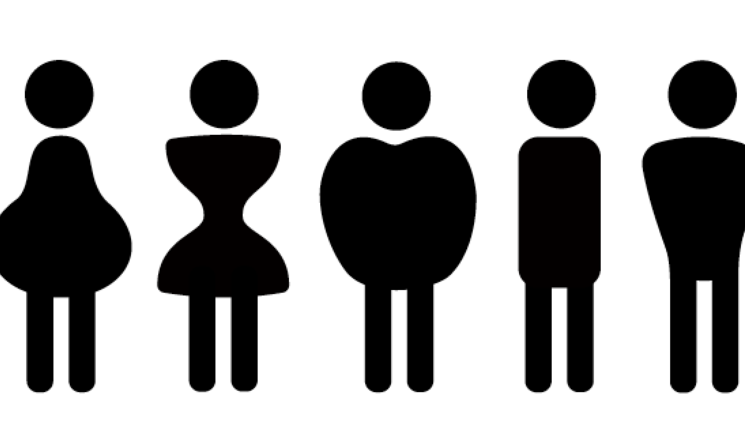Plastic surgeon Mr Faizeen Zavahir provides an overview of how to effectively select appropriate body contouring treatments based on different body shapes
To access this post, you must purchase Aesthetics Journal Membership – Annual Elite Membership, Aesthetics Journal Membership – Annual Enhanced Membership or Aesthetics Journal Membership – Basic Membership.






